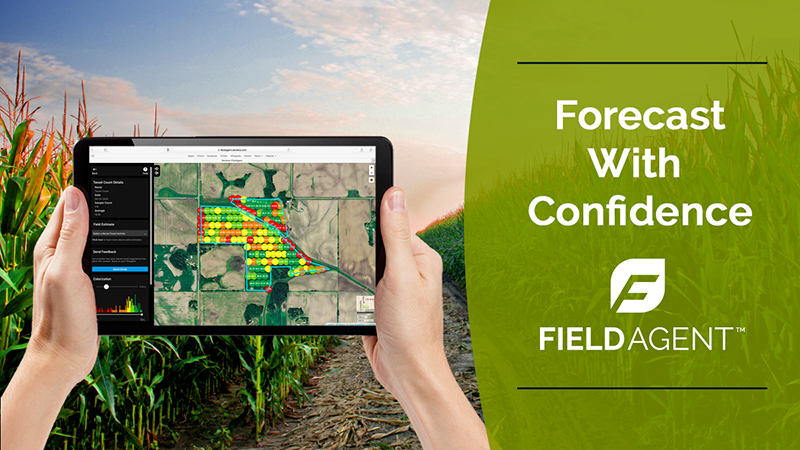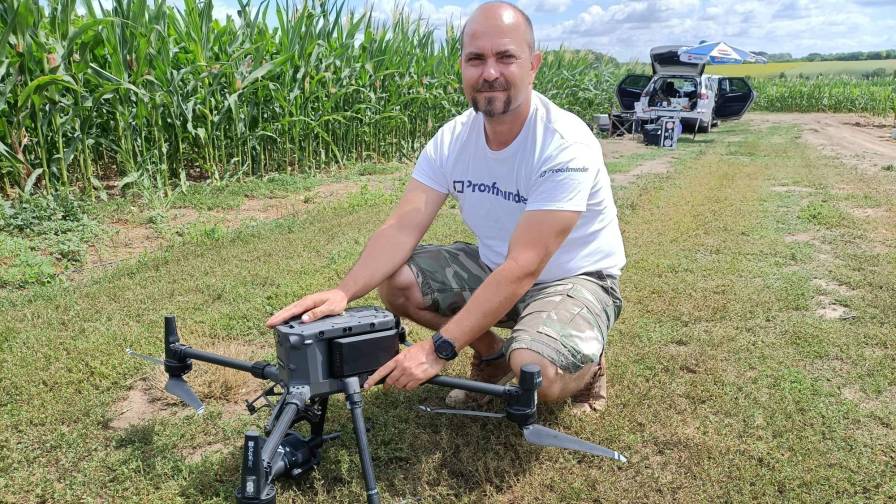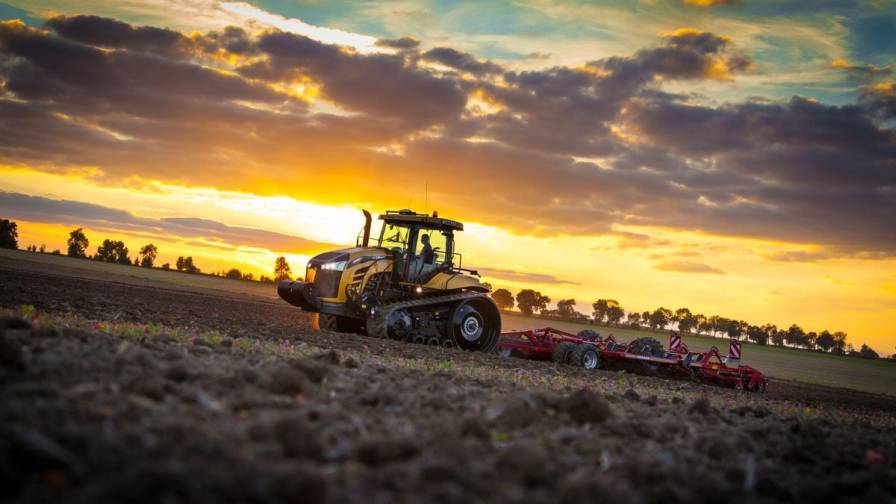Navigating a New World: Drone Technology in Agriculture (OPINION)
My first exposure to unmanned aerial vehicles (UAVs) was as a master’s student at Kansas State University. I was researching nitrogen use efficiency (NUE) in winter wheat varieties and had the opportunity to collaborate with another researcher looking at applications for UAV technology in agriculture. This was very early in the development of UAVs, and it was unclear where they fit into agricultural production systems or how they could be used.
I first met Dr. Kevin Price at the edge of one of my research fields, where he was piecing together a homemade, or rather a laboratory-made, UAV. I had never seen a UAV other than a military predator drone, so I was skeptical that a UAV with pool noodles for landing gear and a modified point-and-shoot camera bolted to the bottom would provide anything useful to my research. As Price finished assembling his drone, he gave a simple pre-flight safety lesson, “If it starts coming towards you, don’t just stand there, run. It has the equivalent of eight butcher knives spinning at several thousand RPMs and will cut you.”
I took a few steps back. (Okay, maybe more than a few.)
With a quick check of his systems and confirmation that the UAV had adequate GPS signal, Price coaxed the octocopter into the sky and began flying parallel lines over my field trials. Admittedly, it was a boring flight, and within ten minutes he had flown the several acres that my field experiments covered.
MORE BY NATE DORSEY
Sensor Trends in Agriculture: Finding the Balance Between Affordable and Expensive
A few days later, Price shared some of the imagery and preliminary analyses, and I quickly became convinced of the utility of UAVs in agriculture. Not only did it detect the same genetic differences in nitrogen use that I saw through tissue analysis, but it also showed clear mistakes in how portions of the plots had been hand-harvested that helped me better manage my fields and research.
Drones have advanced considerably since I first saw one fly over my fields several years ago. Not only do they look more professional, but they are packed with sophisticated sensors, flight computers, and high-resolution cameras that make safely operating a UAV extremely simple.
As the technology has become more affordable and easier to use, farmers and service providers have become more interested in integrating UAVs into their businesses. When considering what kind of drone to purchase and begin using, ask yourself the following three questions
1: What do I want to do?
What do you want to use UAVs for? Many simply want to use drones because they’re fun, and a great marketing resource for photography and videography. In this case, there are a lot of affordable consumer drones that have great cameras and 4K video capability. However, drones can also be used as a tool for understanding soil, monitoring plant health, and potentially making management decisions. For those looking to integrate drones into a farm or agronomy business, many consumer drones can be used and fitted with NIR sensors for creating NDVI imagery.
2: How much do I want to spend?
When it comes to price, the sky’s the limit! With drones, the adage that you get what you pay for rings very true. There are many different UAVs that you can purchase from Best Buy, Amazon, or other retailers at affordable prices; but, while great for consumers, they lack many of the features needed for making management decisions on the farm. Some of the features you should consider would be: NIR or multi-spectrum cameras for looking at specific wavelengths of light that are a better indicator of plant health; incident light sensors for correcting exposure issues that are common on partly-cloudy days; and software that enables autonomous flight and image processing.
3: How do I choose between Multi-rotor vs Fixed-wing?
The two different flying styles of drones each have their advantages and disadvantages. Multi-rotor UAVs, like the popular DJI Phantom, are great for spot checking fields. They are affordable, user-friendly, capable of vertical landings and takeoffs (making them convenient in tight places), and are often equipped with great cameras for taking pictures and video. However, they have notoriously short battery endurance because of the four (or more) rotors that are required for flight. This makes them a less-than-ideal solution for flying large acres because they will require multiple battery changes and frequently a way to recharge batteries in the field.
Fixed-wing aircraft, such as the senseFly eBee SQ, Sentera Phoenix, or AgEagle are great examples of drones capable of large-scale use in agriculture. They are truly professional-quality drones and are capable of longer sustained flights, typically in the range of 40-50 minutes, allowing them to cover more acres per battery. The fixed-wing aircraft are fully autonomous and have more advanced flight software that allows for more customization. These UAVs are usually equipped with advanced sensors that allow for standard color imagery and NDVI. A drawback to these systems is that they are usually more expensive than multi-rotor drones and are not the best option for those who want to take videos or pictures for marketing purposes.
Unmanned Aerial Vehicle technology has changed considerably since I first saw Dr. Kevin Price fly one of my fields with his UAV. As I’ve worked as an agronomist in the industry, I’ve continued to experiment with the technology to find ways to do my job better and help farmers. I’m convinced that they have a place at the table, but as with any new technology, the hardest part is just getting started.
If you are considering adding a UAV to an agronomy or farming operation, my recommendation is start small. Consider purchasing an affordable multi-rotor aircraft and develop a workflow that makes sense for you. When you are ready to cover more acres and can justify the cost, upgrade to a professional fixed-wing aircraft.











